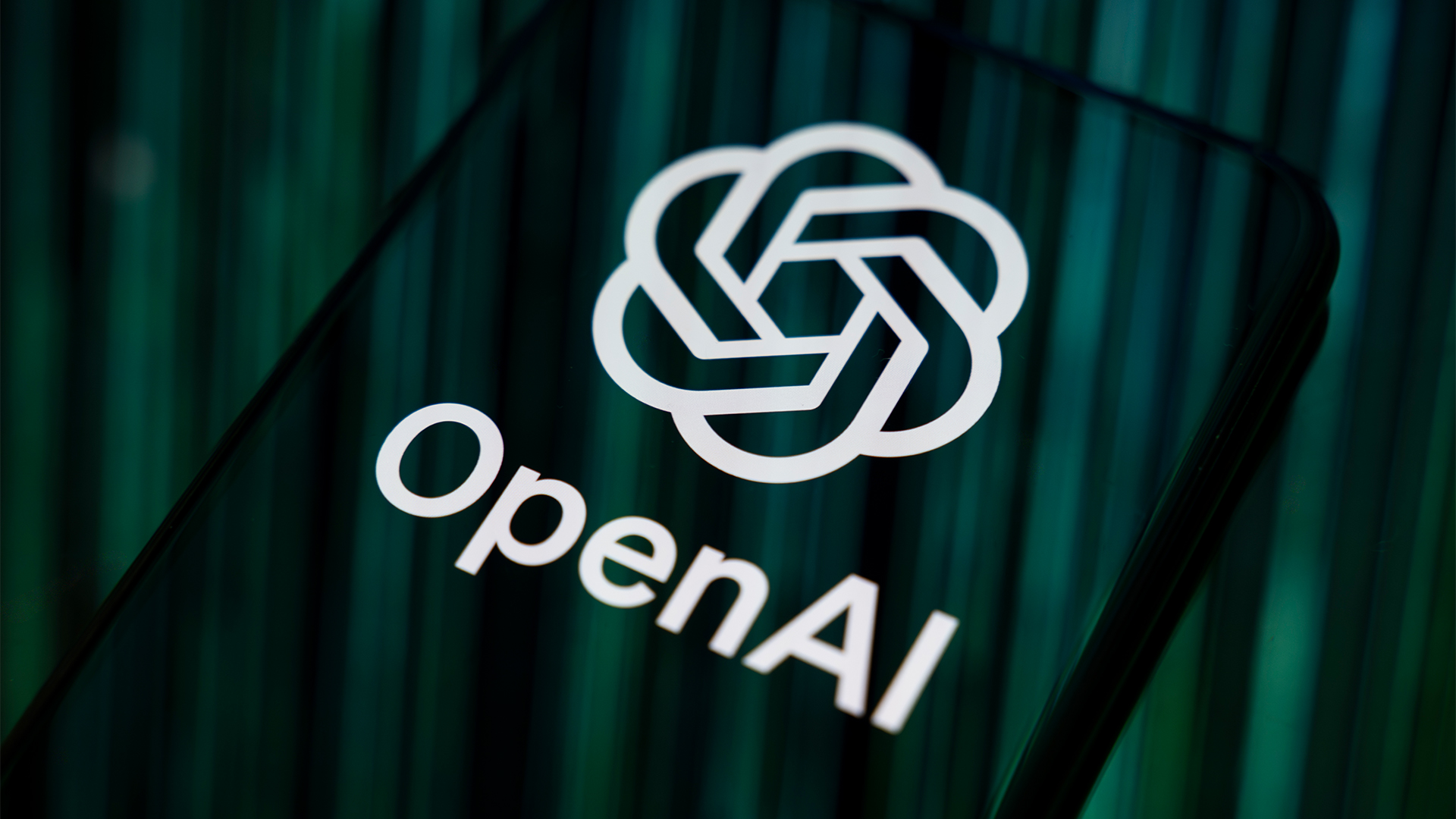OpenAI could go bankrupt in 12 months if it doesn’t raise some serious cash – but is the Microsoft-backed AI giant too big to fail?
OpenAI is hemorrhaging funds as model training and staffing costs begin to skyrocket


OpenAI could be on the brink of collapse with projected losses totaling $5 billion, according to analysis conducted by The Information that drew on previously undisclosed financial information.
This means the AI trailblazer could be on track to go bankrupt within the next 12 months, with details from the report putting OpenAI way out ahead in spending compared to counterparts in the generative AI space.
Its training and inference costs could reach as high as $7 billion this year, with an additional $1.5 billion in spending on staff (via X). This is in stark contrast with Anthropic, which has been projected to spend $2.7 billion.
OpenAI’s spending has been a recurring talking point over the last 18 months, with industry analysis underlining the steep costs associated with building and maintaining its flagship services such as ChatGPT.
Estimates put the cost of keeping ChatGPT up and running at nearly $700,000 ($694,444) a day in 2023.
By comparison, the firm’s revenue is just shy of $3.5 billion, creating potentially untenable margins for the company and prompting some industry analysts to question its entire business model.
OpenAI is reported to receive discounted access to Microsoft’s Azure cloud services as part of its relationship with the tech giant. Microsoft has also invested billions of dollars in the startup over the last two years yet despite this concerns are rising over the company's long-term viability.
Sign up today and you will receive a free copy of our Future Focus 2025 report - the leading guidance on AI, cybersecurity and other IT challenges as per 700+ senior executives
OpenAI’s identity crisis is part of a brewing industry-wide problem
While OpenAI’s financial trouble centers around exorbitant operating costs, questions over its current predicament come amidst a period of wider concern in the AI industry.
Increasingly, industry stakeholders have begun questioning whether there are demonstrable returns on investment (ROI) and pointing toward a lack of clearly defined use-cases.
A recent study from software firm Ardoq found that ROI on adoption of technologies such as generative AI is often viewed as a “finger in the air” exercise among senior tech leaders.
This research pointed toward a prevailing sense of cynicism about the benefits of technologies such as generative AI, with only one-third of organizations achieving a tangible return on investment within the first 12 months.
RELATED WHITEPAPER

Simon Bain, CEO of Omnilndex, told ITPro many tech leaders are beginning to acknowledge the reality of this, noting that AI’s “jack of all trades approach has failed”.
“While the flashy demos and impressive chat initially captured the headlines and free users, they have not provided many (if any) actual business solutions. As such, people have seen no reason to pay for it,” he added.
Getting value out of generative AI as an enterprise user is difficult and, with costs mounting up, many are starting to worry and opt for caution. As Dom Couldwell, Head of Field Engineering at DataStax, told ITPro it’s “hard work” getting to production.
“Until people … actually get to production and the business side actually sees the value, we're going to have this gap, and no one knows quite how long that gap's going to last,” Couldwell added.
Mark Rodseth, VP for technology, EMEA, at CI&T echoed Couldwell’s comments regarding ROI, noting that the technology “still needs to prove its worth”.
“Because AI is still in its early stages, proving ROI can be challenging – both to external and internal stakeholders,” he said. “But this doesn’t mean companies should stop embracing AI.

George Fitzmaurice is a former Staff Writer at ITPro and ChannelPro, with a particular interest in AI regulation, data legislation, and market development. After graduating from the University of Oxford with a degree in English Language and Literature, he undertook an internship at the New Statesman before starting at ITPro. Outside of the office, George is both an aspiring musician and an avid reader.
-
 OpenAI says GPT-5.2-Codex is its ‘most advanced agentic coding model yet’ – here’s what developers and cyber teams can expect
OpenAI says GPT-5.2-Codex is its ‘most advanced agentic coding model yet’ – here’s what developers and cyber teams can expectNews GPT-5.2 Codex is available immediately for paid ChatGPT users and API access will be rolled out in “coming weeks”
-
 OpenAI turns to red teamers to prevent malicious ChatGPT use as company warns future models could pose 'high' security risk
OpenAI turns to red teamers to prevent malicious ChatGPT use as company warns future models could pose 'high' security riskNews The ChatGPT maker wants to keep defenders ahead of attackers when it comes to AI security tools
-
 Microsoft quietly launches Fara-7B, a new 'agentic' small language model that lives on your PC — and it’s more powerful than GPT-4o
Microsoft quietly launches Fara-7B, a new 'agentic' small language model that lives on your PC — and it’s more powerful than GPT-4oNews The new Fara-7B model is designed to takeover your mouse and keyboard
-
 Microsoft is hell-bent on making Windows an ‘agentic OS’ – forgive me if I don’t want inescapable AI features shoehorned into every part of the operating system
Microsoft is hell-bent on making Windows an ‘agentic OS’ – forgive me if I don’t want inescapable AI features shoehorned into every part of the operating systemOpinion We don’t need an ‘agentic OS’ filled with pointless features, we need an operating system that works
-
 Microsoft's new Agent 365 platform is a one-stop shop for deploying, securing, and keeping tabs on AI agents
Microsoft's new Agent 365 platform is a one-stop shop for deploying, securing, and keeping tabs on AI agentsNews The new platform looks to shore up visibility and security for enterprises using AI agents
-
 Some of the most popular open weight AI models show ‘profound susceptibility’ to jailbreak techniques
Some of the most popular open weight AI models show ‘profound susceptibility’ to jailbreak techniquesNews Open weight AI models from Meta, OpenAI, Google, and Mistral all showed serious flaws
-
 'It's slop': OpenAI co-founder Andrej Karpathy pours cold water on agentic AI hype – so your jobs are safe, at least for now
'It's slop': OpenAI co-founder Andrej Karpathy pours cold water on agentic AI hype – so your jobs are safe, at least for nowNews Despite the hype surrounding agentic AI, OpenAI co-founder Andrej Karpathy isn't convinced and says there's still a long way to go until the tech delivers real benefits.
-
 This new Microsoft tool lets enterprises track internal AI adoption rates – and even how rival companies are using the technology
This new Microsoft tool lets enterprises track internal AI adoption rates – and even how rival companies are using the technologyNews Microsoft's new Benchmarks feature lets managers track and monitor internal Copilot adoption and usage rates – and even how rival companies are using the tool.

